Kerchers

I bought thee kerchers to thy head,
that were wrought fine and gallantly:
I kept thee both boord and bed,
Which cost my purse wel fauouredly,
Linen headgear, made by Sarah Thursfield
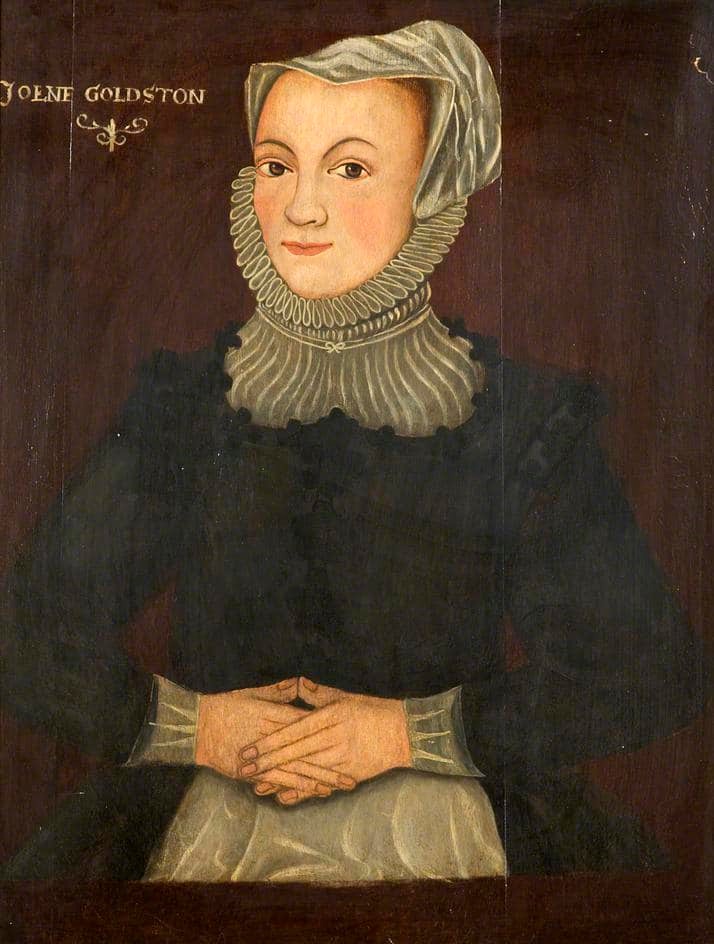
Portrait of Joene Goldstone (d.1579) by an unknown artist in the Gloucester Museums Service Art Collection
The ‘kercher,’ a linen head covering worn by women beneath hats and hoods, is rarely seen in portraiture of the 1570s and 1580s,
due to it being covered by another layer when worn formally. This portrait of Joane Goldston is quite unusual in showing a
wired kercher without it being covered by a hat or hood. Frustratingly it’s not of particularly good quality compared to other portraits of the time,
and the detail is quite unclear.
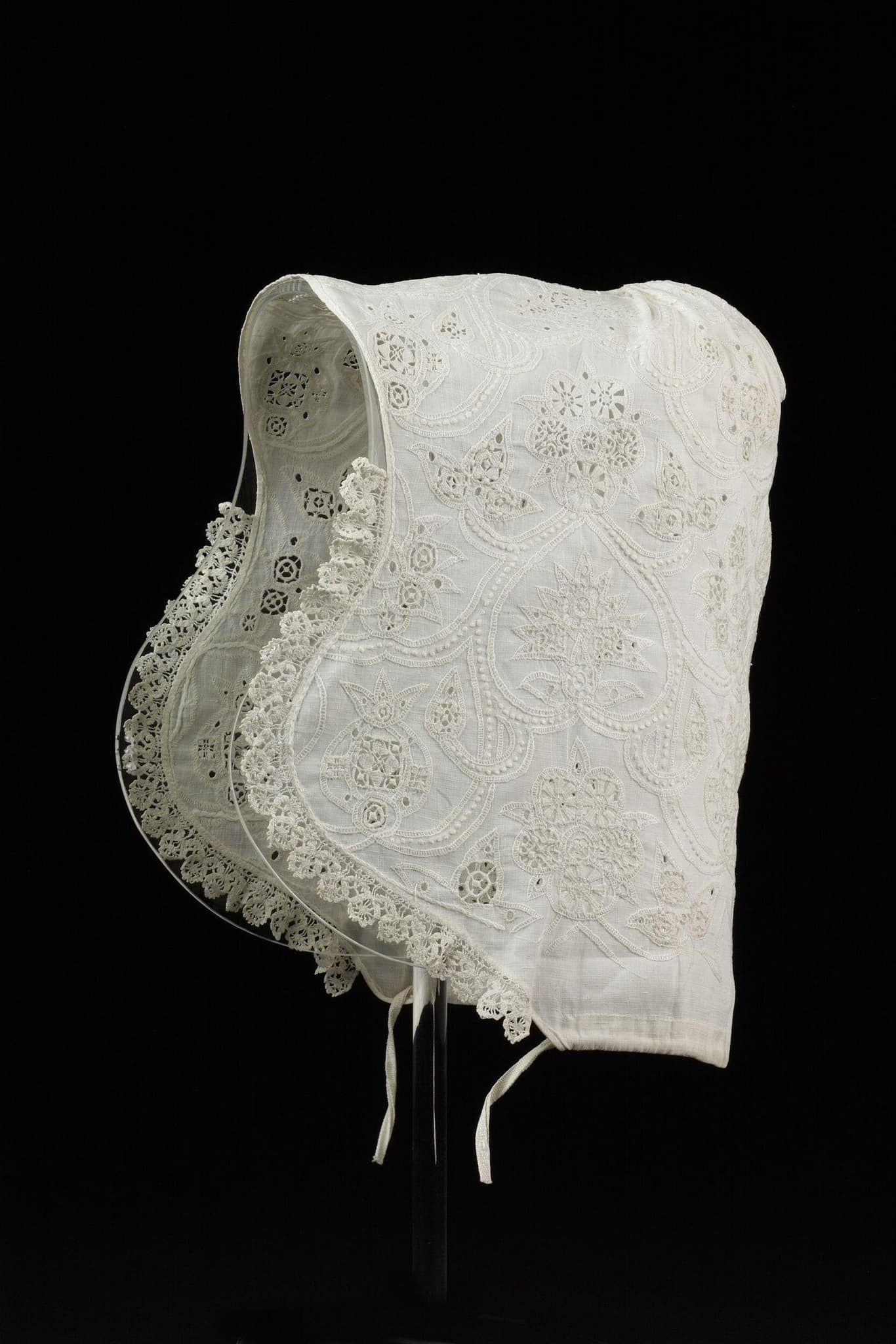
Coif made by an unknown maker in the V&A collection
However, kerchers (or, as they’re more commonly known these days, coifs) are relatively common survivors in museum collections compared to other 16th and early 17th century clothing. They’re small, so difficult to chop up and turn into other garments, and surviving ones are commonly heavily embroidered. It’s quite likely that they were kept because of the beauty and skill of the work they show.
Many of the surviving examples are worked in many colours, or with gold and silver threads, but monochrome ones like this whiteworked one are also beautiful.
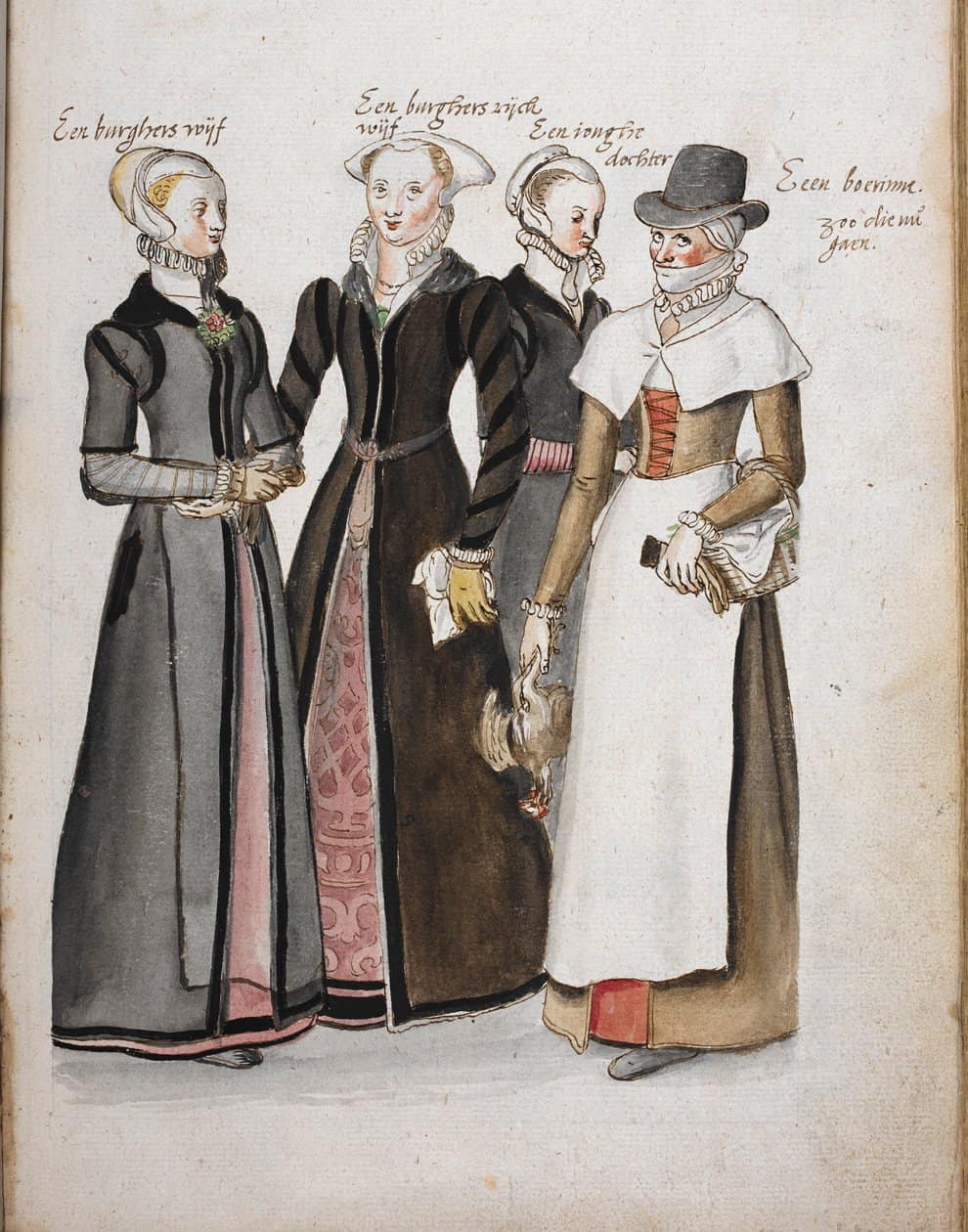
English: color sketch of three London gentlewomen and a countrywoman come to market, from the manuscript Corte Beschryuinghe van Engheland, Schotland, ende Irland, by Lucas de Heere c.1574.
Plainer versions of these kerchers were also created and worn at all levels of society, but rarely survive.
Instead, we have to look to the pictorial record as well as wills and inventories to find these.
Lucas de Heere’s pictures of English women gives an idea of what some of the linen head coverings worn in the 1570s looked like.
The phrase “wrought fine and gallantly” suggests that the kercher is embroidered, though it’s difficult to extrapolate from that
exactly what sort of embroidery the author of Greensleeves was envisioning.
Greensleeves’s finely wrought kercher was made by Sarah Thursfield, author of The Medieval Tailor’s Assistant. She has used whitework, drawn thread work and cut work to decorate floral motifs spotted regularly across the linen, based on a variety of extant kerchers including the one shown earlier. Here are a couple of pictures of the finished work.
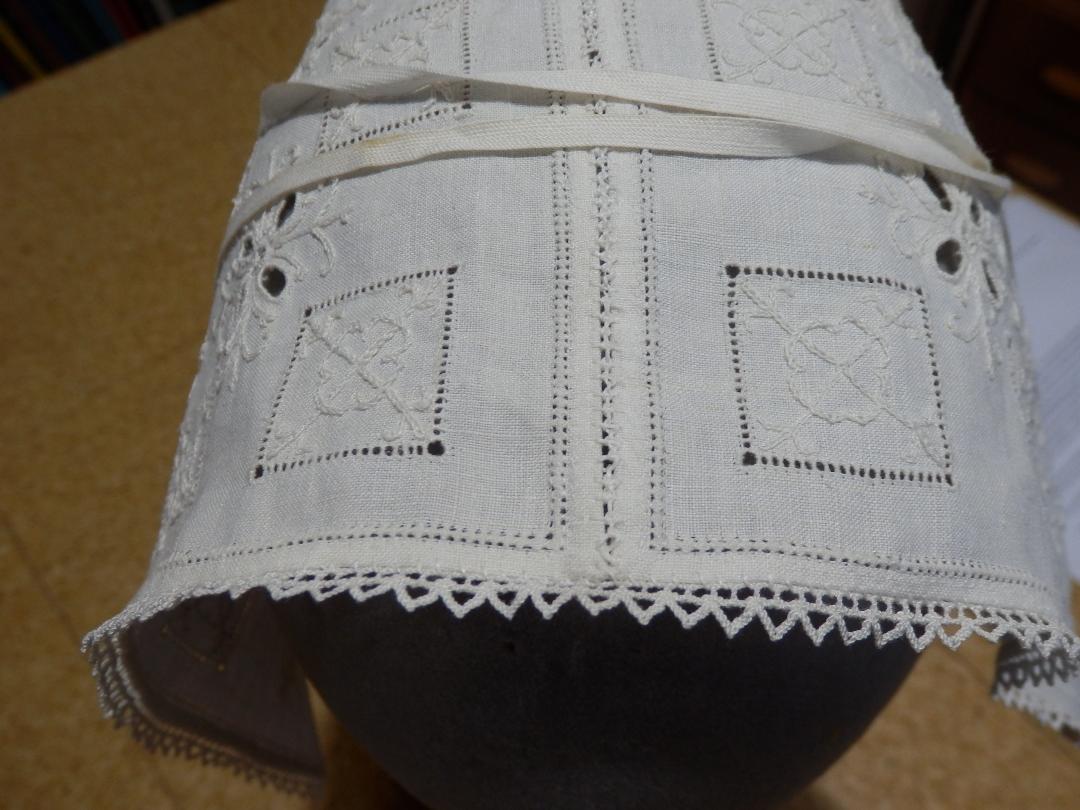
Coif Front by Sarah Thursfield
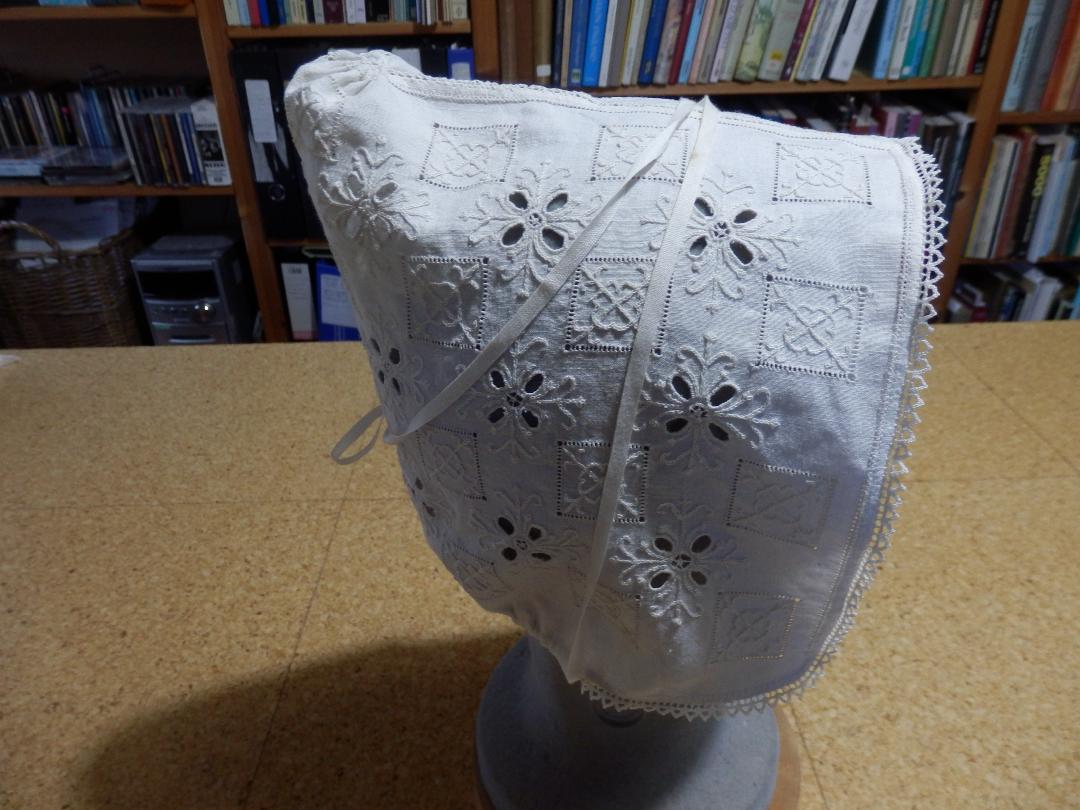
Finished coif by Sarah Thursfield

